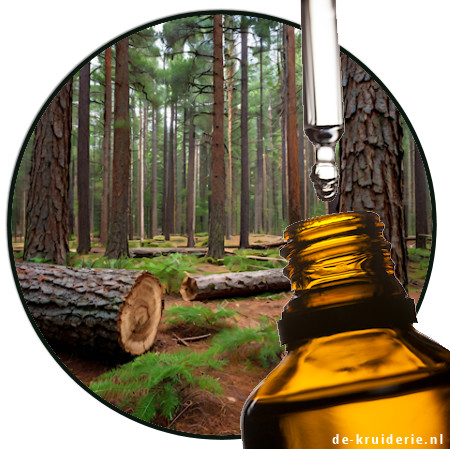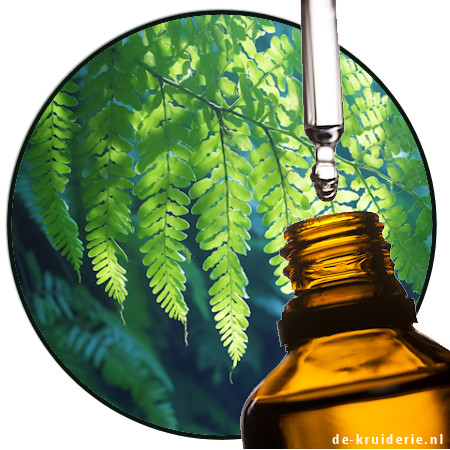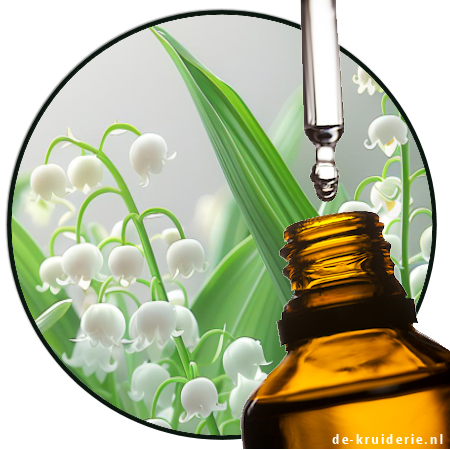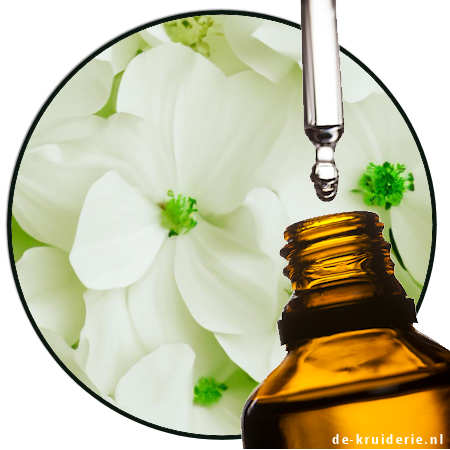

Hydroxycitronellal (BASF) AC
Fragrance : A sweet floral scent with citrus and melon undertones. It is often described as a fresh, delicate and slightly fruity scent, making it a commonly used ingredient in perfumery to add light, refreshing and floral notes to perfumes.
Fragrance group : flowers
Fragrance strength : medium – up to 220 hours on fragrance strip
Recommended dosage : 0.5 to 5% (IFRA limit 2.1%)
CAS : 107-75-5
EINECS : 203-518-7

Hydroxy citronellal is a stable aldehyde, and goes well with e.g. lavender, rose, jasmine and bergamot.
It is one of the few lily of the valley aldehydes that can be used in somewhat larger quantities, up to 2.1% of the final product, while maintaining IFRA 51 compliance.
1st Class Quality Products
All fragrances are selected with care
Delivery from stock
We supply everything from our own stock, unless otherwise stated on the product itself.
HydroxyCitronellal and HydroxyCitronellol are both used in perfumery, but they have different fragrance profiles and chemical structures:
- Hydroxy Citronellal :
- Scent : Sweet floral with citrus and melon undertones.
- Chemical Structure : An aldehyde with the chemical formula C10H20O2 .
- Uses : Often used in white blossom notes such as lily of the valley and lilac. Its use is often limited due to allergenic properties.
- Hydroxy Citronellol :
- Scent : Soft pink floral, similar to PEA (phenylethyl alcohol), often used in rose accords.
- Chemical Structure : An alcohol with a similar formula but a different atomic arrangement compared to Hydroxy Citronellal.
- Uses : Used to stabilize Hydroxy Citronellal and extend fragrance life. It is less restricted in use compared to Hydroxy Citronellal.
Synonyms :
– 7-hydroxy-3,7-dimethyloctanal
– Citronellal hydrate
– Cyclosia base (Firmenich)
– Laurinal (Takasago)
– Lily aldehyde
Occurs naturally in:
– Cardamom – Amomum subulatum 0.12%











